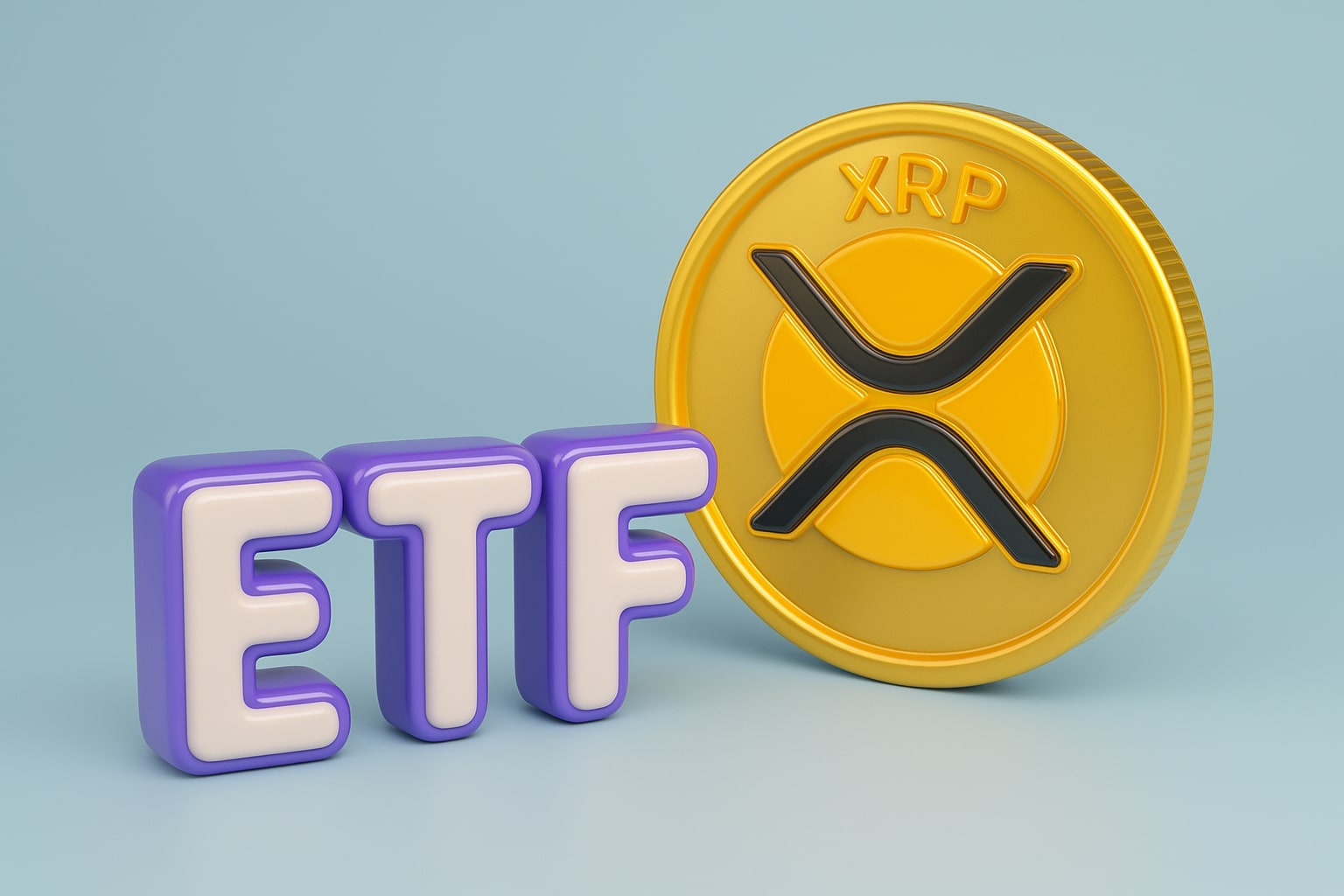
Oil Price Forecast: WTI $64.77, Brent $69.00 on U.S. Drawdowns, Russian Diesel Crunch, and Kurdish Delays
Crude benchmarks rally as U.S. stocks fall more than expected, Russia loses 1M bpd refining capacity to drone strikes, and Iraq–Turkey pipeline exports stall over $1B in Kurdish arrears | That's TradingNEWS
WTI Crude (CL=F) Climbs to $64.77 as Inventory Draws Tighten Supply
Read More
-
PFFA ETF Nears $21.50 as Rate Cuts and 9.49% Yield Spark Renewed Demand
29.11.2025 · TradingNEWS ArchiveStocks
-
XRPI and XRPR ETFs Ignite Ripple’s Institutional Rally as Inflows Near $1B and XRP Holds $2.20
29.11.2025 · TradingNEWS ArchiveCrypto
-
Natural Gas Price Forecast - NG=F Blasts to $4.85 as Demand Surge Fuel Multi-Month Breakout
29.11.2025 · TradingNEWS ArchiveCommodities
-
USD/JPY Price Forecast - Yen to Dollar Slides to 156.10 as Yen Strengthens on Fed Cut Expectations
29.11.2025 · TradingNEWS ArchiveForex
Russian Refinery Outages Slash Diesel Exports to Five-Year Low
Russian refining capacity has been heavily disrupted by Ukrainian drone strikes, with Energy Aspects estimating up to 1 million barrels per day knocked offline. OilX and Vortexa project diesel exports this month will slump to their lowest in five years. Moscow has already maintained a gasoline export ban through most of 2025, citing refinery constraints and domestic financing shortages. While diesel exports have not been formally capped, the physical shortfall is tightening European product balances and sustaining crack spreads above seasonal norms. The result is higher margins for refiners globally and a key factor behind Brent’s resilience above $68.
Turkey Signs 20-Year U.S. LNG Pact While Pivoting Away From Russia
Turkey’s state energy firm BOTAS secured a 20-year LNG supply contract with Mercuria, committing to roughly 70 bcm of U.S. LNG through 2045. A separate nine-year agreement with Australia’s Woodside adds 5.8 bcm of LNG starting in 2030. These deals reduce Ankara’s dependence on Russian pipeline flows and set the foundation for Turkey to become a European LNG hub. The shift carries long-term consequences for oil-linked gas pricing, eroding Gazprom’s influence and bolstering U.S. export demand. While LNG is not crude, the pivot reshapes energy flows in Europe and adds to geopolitical pressure on Russian oil exports.
Federal Reserve Commentary Lifts Dollar, Caps Crude Momentum
Fed Chair Jerome Powell warned that U.S. equity valuations appear “fairly highly valued,” pushing the DXY dollar index to 97.30. The stronger dollar normally weighs on crude, but despite the currency move, both WTI and Brent held firm. This highlights how near-term oil price formation is being driven primarily by physical balances and supply disruptions rather than macro sentiment alone. Traders warn, however, that continued dollar strength could limit Brent’s ability to breach $70 convincingly.
Technical Setup Points to Potential Breakout in WTI and Brent
Technically, WTI crude has reclaimed the 50-day EMA at $64.50 and is approaching the $66.00 resistance band. A daily close above $66 could open momentum toward $68, while downside protection sits at $62 and then $60. Brent crude faces a similar setup, with the $69–$70 zone acting as a ceiling. A breakout would clear the way to $72, while $65 remains the critical floor. Indicators confirm improving momentum, with RSI recovering above 50 and MACD signaling a potential bullish crossover.
Geopolitical Overhang: Trump Remarks, Ukraine, and OPEC+ Exports
Geopolitical narratives continue to shape sentiment. President Trump stated at the U.N. that Ukraine’s battlefield performance has “surpassed expectations,” fueling speculation of harsher sanctions on Russian energy. OPEC+ supply is also shifting—Kuwait increased output to 3.2 million barrels per day, its highest in a decade, offsetting some Russian shortfalls. Iraq, too, has been ramping exports as OPEC+ gradually rolls back earlier cuts. This balancing act between OPEC+ increases and Russian constraints defines the push-pull dynamic currently holding crude in the mid-$60s to high-$60s range.
Energy Majors and Infrastructure Investment Signal Long-Term Confidence
Deals across the energy sector reinforce confidence in elevated pricing. Petrobras awarded TechnipFMC subsea contracts worth $75–$250 million to bolster offshore production. Sempra Energy sold a $10 billion infrastructure stake to KKR, while Exxon and Petrobras jointly challenged a $4.6 billion merger in Brazil’s subsea sector. These moves show upstream and midstream players are positioning aggressively for a decade of resilient oil demand, underscoring why crude prices are finding strong structural support despite recessionary concerns.
Buy or Sell? WTI (CL=F) and Brent (BZ=F) Outlook
With WTI at $64.77 and Brent at $69.00, both benchmarks are trading near critical resistance but remain underpinned by inventory draws, delayed Kurdish flows, and Russian export disruptions. Technicals point to upside toward $70–$72 for Brent and $66–$68 for WTI if momentum holds. The downside remains cushioned by $62 support for WTI and $65 for Brent. Considering the tightening fundamentals and geopolitical backdrop, the balance of risk favors a Buy stance on crude benchmarks, with near-term upside stronger than downside risk into October.



















